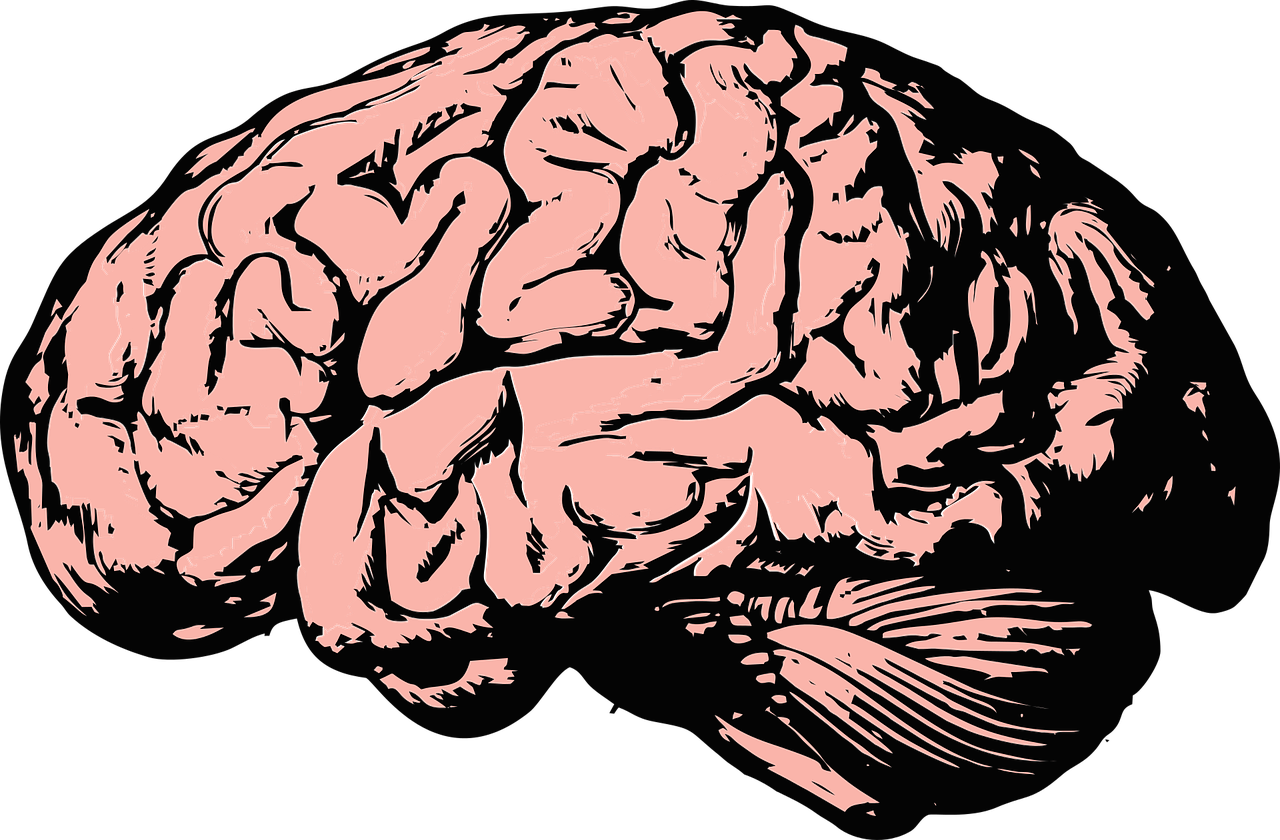One of the reasons our species reached the top of the food chain involves our ability to thrive under a variety of environments and circumstances. Our ability to conserve energy and resources during times of scarcity has ensured our survival, but in times of abundance these physiological mechanisms likely hold us back from our fitness and wellness goals. As an example, when I worked in an exercise physiology laboratory we routinely measured participant’s, untrained participants, as well as, recreational and professional athletes, maximum aerobic capacity objectively while we we simultaneously recorded their subjective fatigue. The professional athletes routinely said they had reached their maximum fatigue during exercise as we observed them reaching their physiological limits. Conversely, the recreational athletes usually hit their subjective maximum well below their true physiologic maximum highlighting an important difference between these two groups.
Decades ago scientists began to question peripheral (muscle and the cardiovascular system) vs. central (brain and nervous system) fatigue within individuals who have reached their subjective maximum during exercise. Many studies have shown the brain’s activity, decision making, and chemistry play an important role in a participant saying “when” during a bout of aerobic or strength training. A recent study asked the question is muscle, pain, or perceived effort the main limiting factor during exercise?
Staiano and colleagues examined this question in the journal of Progressive Brain Research (2018). Authors measured maximum voluntary cycling power on a stationary bike both before and after a time to exhaustion cycling test (how far can you pedal under set conditions). On a separate day in a second test, the participants placed their arms in ice water (cold pressor test) and their tolerance time and cardiovascular activity were monitored. After this test, participants immediately completed another cycling time to exhaustion test. The goal of these testing procedures was to determine if central (brain) or peripheral (muscle) fatigue was responsible for a participant’s rating of perceived exertion. Authors reported the ending of the high intensity exercise test was primarily influenced by the brain’s perception of effort not muscle fatigue or pain. This study is consistent with prior research on this topic. Interestingly, many studies have aimed to influence this central fatigue mechanism (ex. caffeine ingestion on aerobic exercise performance) with positive results.
Importantly, maximum exercise and testing is not recommended for all participants and each individual should consult with their healthcare provider prior to starting any exercise program. In individuals who are able to exercise at moderate to vigorous levels, often the brain is playing a larger role than the muscles in telling us when to stop training as it aims to conserve energy. In my example above, the professional riders were able to consistently reach their physiological maximum secondary to training at this maximum level previously and/or understanding they physiologically had more to give after their brain perceived fatigue.

